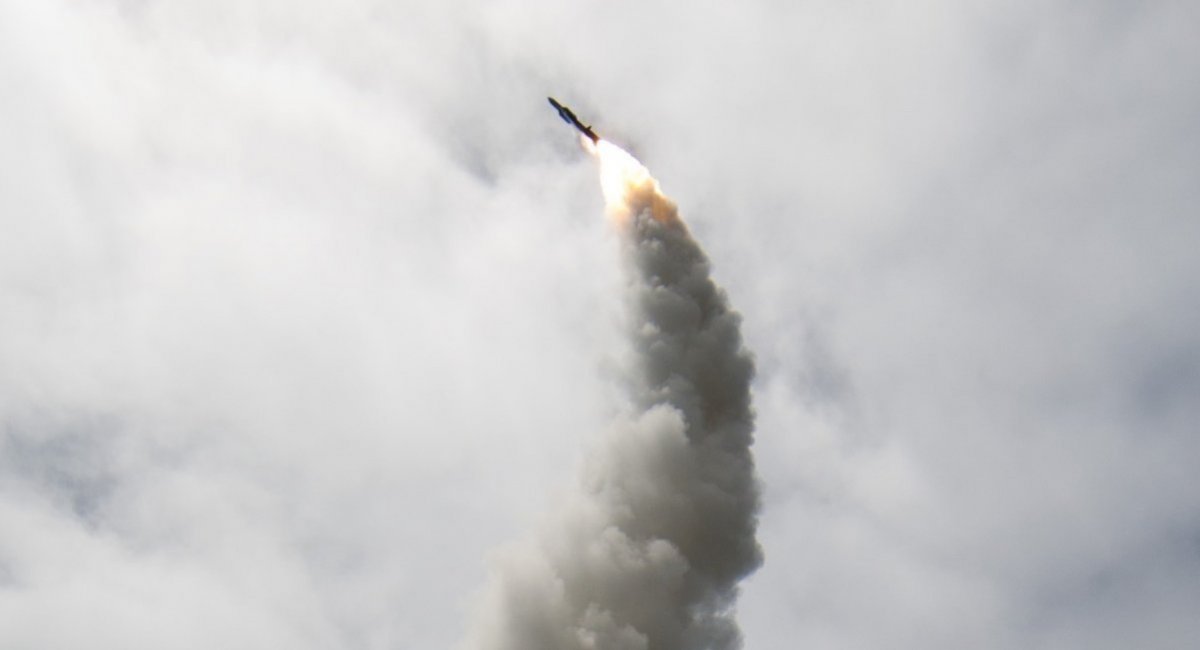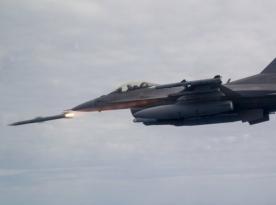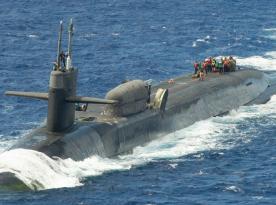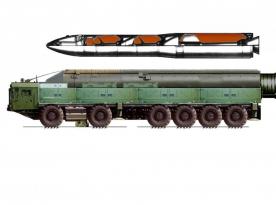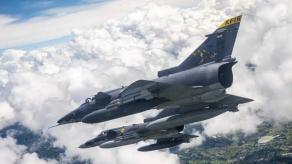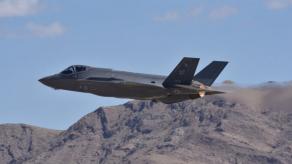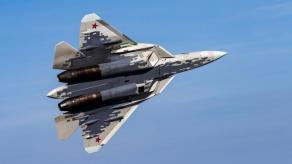Amidst concerns of a potential deployment of russian Tu-95MS strategic bombers near its borders, Australia receives an offer to strengthen its air defenses, even though the government doesn't believe the threat is real.
Lockheed Martin corporation suggested its Mark 41 launching system, capable of firing Standard Missile-6 with an aerial engagement range of 370 km, as a form of insurance in The War Zone interview with Edward Dobeck, the company's director of Launching Systems on the sidelines of the Navy League’s Sea Air Space 2025 exhibition.
Read more: Australia Doesn't Believe in Treat From russian Tu-95MS Bombers, But Just in Case, Let's See What Air Defenses It Has
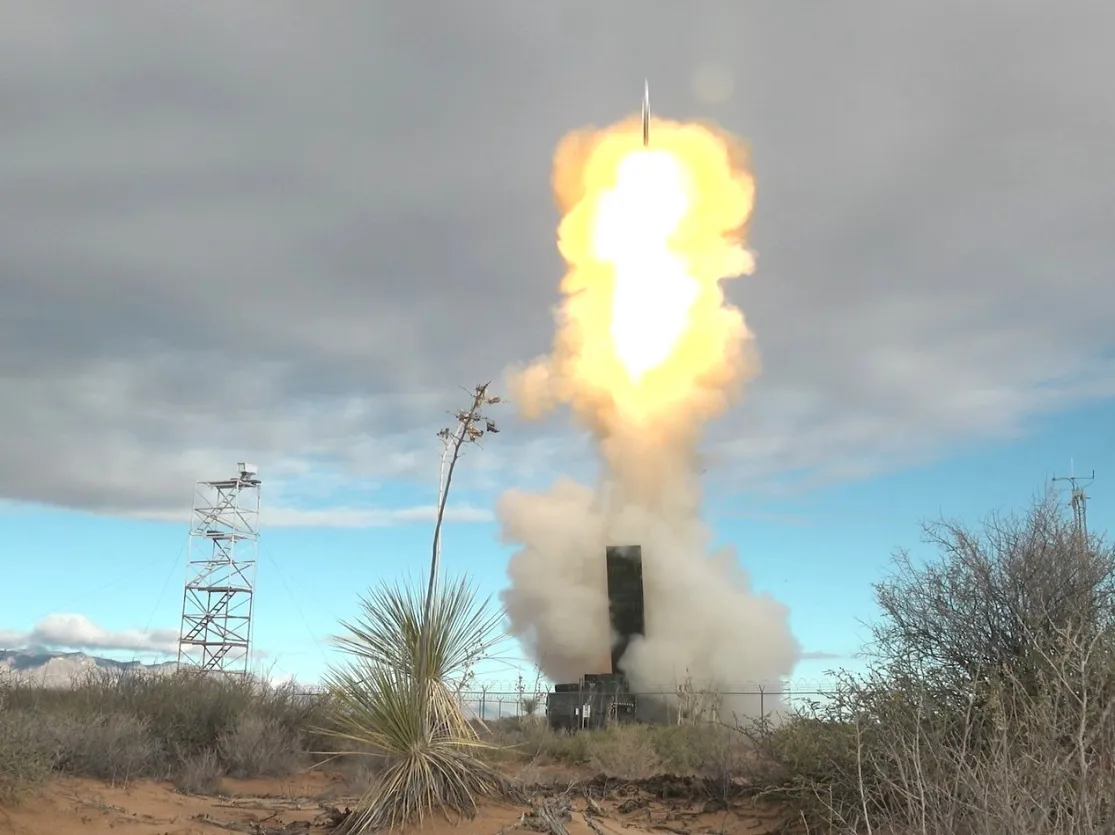
For a brief reminder, on Monday, April 14, Janes reported on russia's intentions to lease the Manuhua Air Force Base from Indonesia, positioned about 1,200 km north of Australia. Neither Indonesia nor russia officially confirmed such talks nor refuted them publicly.
In this discourse, Dobeck noted that in order to reinforce its defenses, the Australian military is lacking ground-based containerized launchers with a primary anti-air capability and, if possible, with options to engage sea and ground targets as well.
Hereminded that Lockheed Martin is already cooperating with the Australian Defense Force, working on a new Joint Air Battle Management System as part of the AIR6500 project since April 2024. The program has already taken 500 million Australian dollars from the country's budget, or the equivalent of 312 million US dollars.
Originally, the American manufacturer was only supposed to develop the fire control system, now the company suggests that it also integrates its launchers to give the Australian forces exactly the kind of a comprehensive system it needs for detecting and defeating air, sea and ground threats.
First of all, it's about the mobile Typhon launch system which deploys Tomahawk and SM-6 missiles, but also Americans can offer its counterpart for the U.S. Navy, the Mk 70 Expeditionary Launcher. Similarly to the army variant, it is also equipped with Mark 41 launch cells and it has proven in practice the ability to fire PAC-3 MSE interceptors from the Patriot air defense system.

At present, nothing but the proposal has been voiced, and Australia has not commented yet. Earlier, Defense Express provided an overview of Australian air defense segment and it does have a shortage in the ground-based department.
Regardless of Canberra's decision, this offer presents an illustrative example of what the United States' threat response may look like in the not-so-distant future: as a new challenge emerges, the American side will simply offer its partners to bridge the capability gaps, particularly through buying American weapons with required properties.
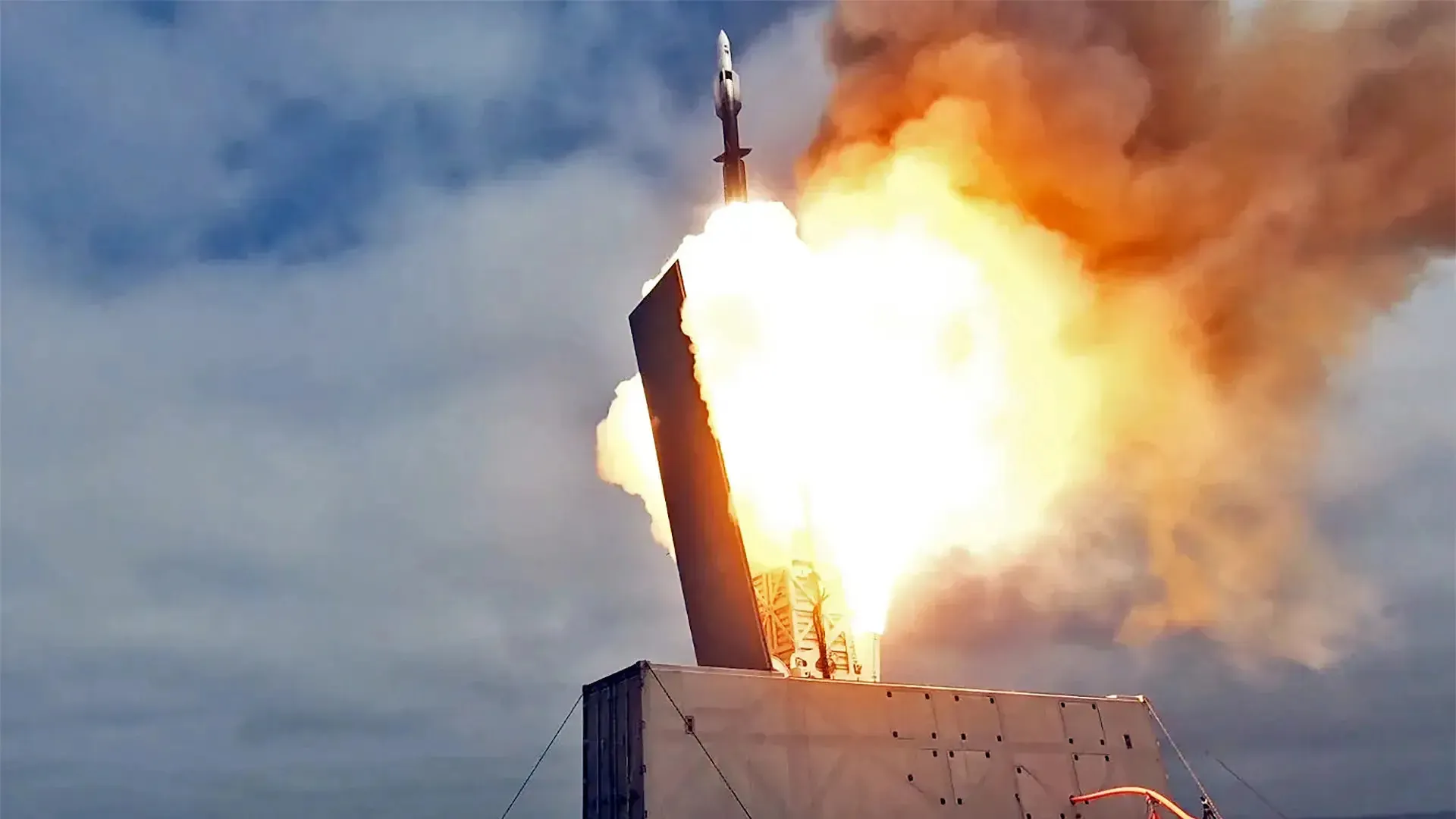
Read more: Ukraine Develops Strategic Air Defense System, Invites EU to Join the Effort



